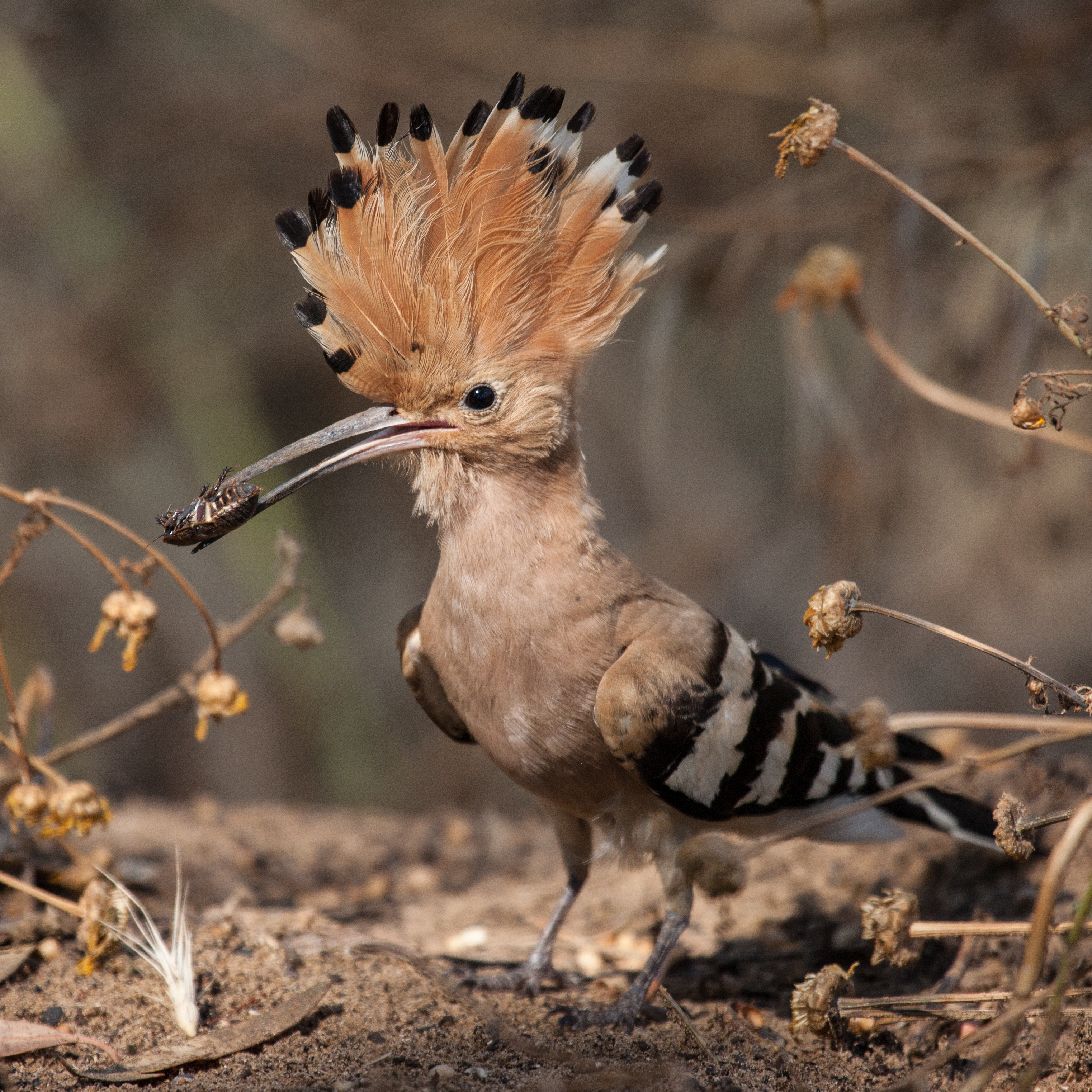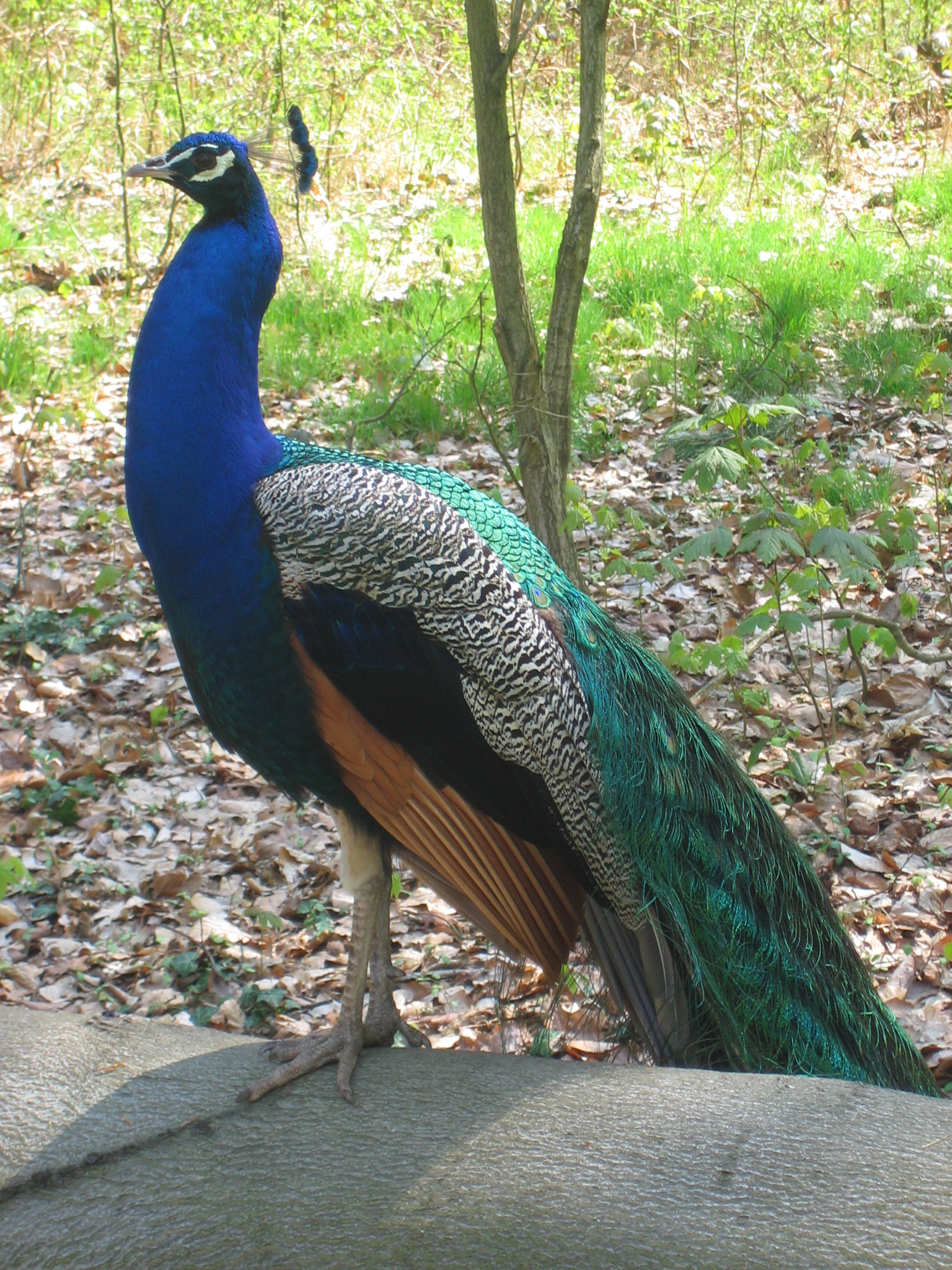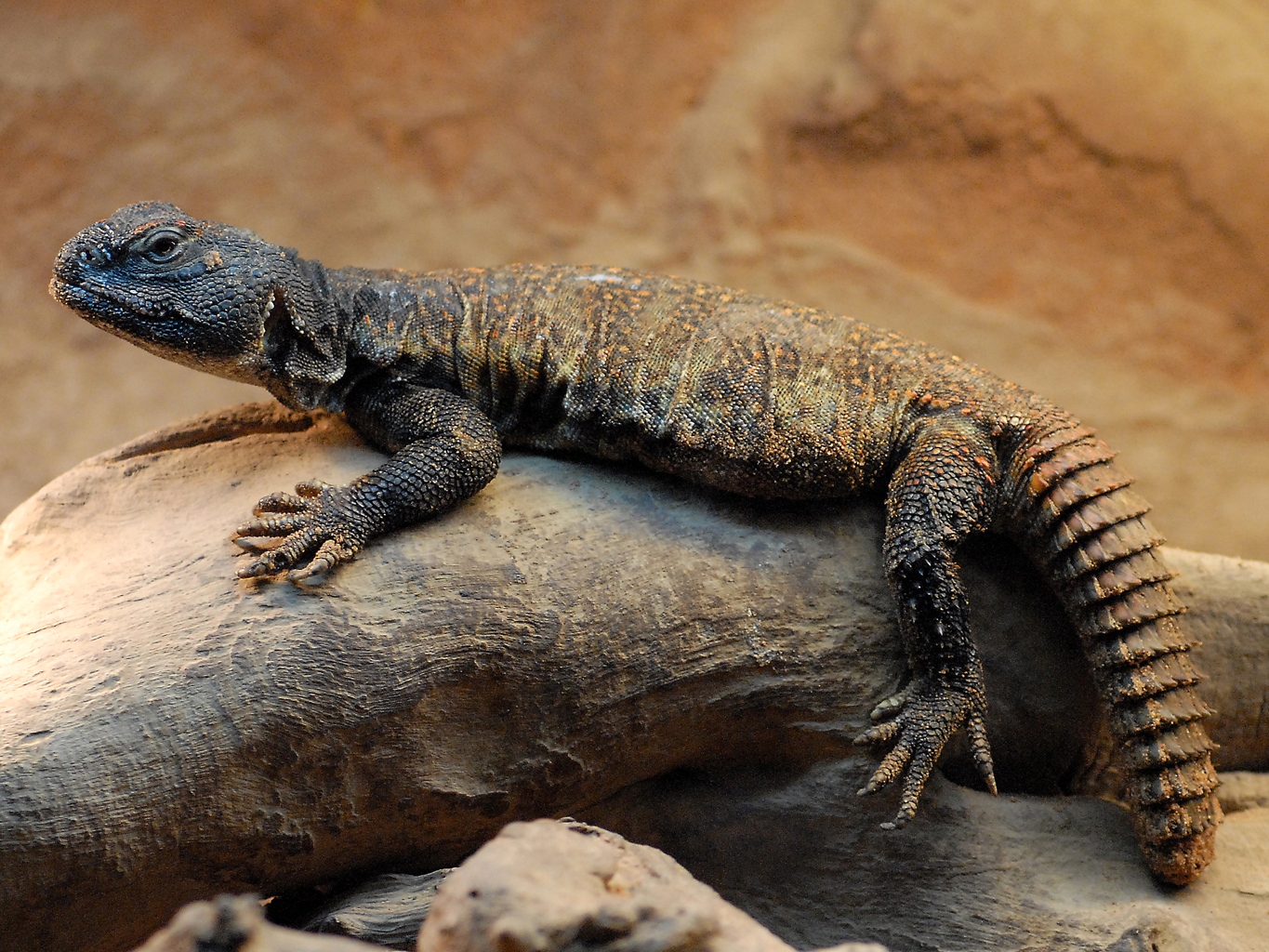|
Greater Hoopoe-lark
The greater hoopoe-lark (''Alaemon alaudipes'') is a Passeriformes, passerine bird which is a breeding resident of arid, desert and semi-desert regions from the Cape Verde Islands across much of northern Africa, through the Arabian Peninsula, Syria, Afghanistan, Pakistan and India. It was formerly known as the bifasciated lark and sometimes as the large desert lark. Taxonomy and systematics Formerly, the greater hoopoe-lark was classified as belonging to the genera ''Upupa'' and ''Certhilauda'' until moved to ''Alaemon''. The name Alaemon comes from the Greek alēmōn, meaning "wanderer" (from alaomai, meaning "to wander"). The genus was established by Alexander Keyserling and Johann Heinrich Blasius in 1840. Subspecies Four subspecies are recognized: * Cape Verde greater hoopoe-lark (''A. a. boavistae'') - Ernst Hartert, Hartert, 1917: Found on the Cape Verde Islands * North African greater hoopoe-lark (''A. a. alaudipes'') - (Rene Louiche Desfontaines, Desfontaines, 1789): Foun ... [...More Info...] [...Related Items...] OR: [Wikipedia] [Google] [Baidu] |
Little Rann Of Kutch
The Little Rann of Kutch is a salt marsh which is part of the Rann of Kutch in Kutch district, Gujarat, India. Attractions Indian wild ass sanctuary The Little Rann of Kutch is home to the Indian wild ass (khur). To conserve this species, the Indian Wild Ass Sanctuary (IWAS) was created in 1971 and covers nearly five thousands sq km. The sanctuary is also home to many species of migratory birds, such as the sarus crane, ducks, the Dalmatian pelican, and flamingoes, as well as land birds like the sandgrouse, the francolin and the Indian bustard. It is also home to various mammals such as the Indian wolf, desert fox and nilgai. Kutch biosphere reserve In 2008, to project Kutch as an international nature destination, the Government of Gujarat designated the area as the Kutch Biosphere Reserve. Biosphere reserves under the UNESCO Man and the Biosphere Programme aim to promote sustainable development in the surrounding area, which is reserved for conservation and research ... [...More Info...] [...Related Items...] OR: [Wikipedia] [Google] [Baidu] |
Hoopoe
Hoopoes () are colourful birds found across Africa, Asia, and Europe, notable for their distinctive "Crest (feathers), crown" of feathers which can be raised or lowered at will. Two living and one extinct species are recognized, though for many years both extant species were lumped as a single species—''Upupa epops''. In fact, some taxonomists still consider the species to be Biological_specificity#Conspecific, conspecific. Some authorities also keep the African and Eurasian hoopoe together but split the Madagascar hoopoe. The Eurasian hoopoe is common in its range and has a large population, so it is evaluated as Least Concern on the IUCN Red List of Threatened Species. However, their numbers are declining in Western Europe. Conversely, the hoopoe has been increasing in numbers at the tip of the South Sinai, Sharm el-Sheikh. There are dozens of nesting pairs that remain resident all year round. Taxonomy The genus ''Upupa'' was introduced in 1758 by the Swedish naturalist Carl ... [...More Info...] [...Related Items...] OR: [Wikipedia] [Google] [Baidu] |
Fauna Of The Sahara
Fauna (: faunae or faunas) is all of the animal life present in a particular region or time. The corresponding terms for plants and fungi are ''flora'' and '' funga'', respectively. Flora, fauna, funga and other forms of life are collectively referred to as '' biota''. Zoologists and paleontologists use ''fauna'' to refer to a typical collection of animals found in a specific time or place, e.g. the " Sonoran Desert fauna" or the " Burgess Shale fauna". Paleontologists sometimes refer to a sequence of faunal stages, which is a series of rocks all containing similar fossils. The study of animals of a particular region is called faunistics. Etymology ''Fauna'' comes from the name Fauna, a Roman goddess of earth and fertility, the Roman god Faunus, and the related forest spirits called Fauns. All three words are cognates of the name of the Greek god Pan, and ''panis'' is the Modern Greek equivalent of fauna (πανίς or rather πανίδα). ''Fauna'' is also the word fo ... [...More Info...] [...Related Items...] OR: [Wikipedia] [Google] [Baidu] |
Birds Of Afghanistan
This is a list of the bird species recorded in Afghanistan. The avifauna of Afghanistan include a total of 503 species, of which 4 have been Introduced species, introduced by humans. Of the species in Afghanistan, 46 species are globally threatened. This list's Taxonomy (biology), taxonomic treatment (designation and sequence of orders, families and species) and nomenclature (common and scientific names) follow the conventions of ''The Clements Checklist of Birds of the World'', 2022 edition. The family accounts at the beginning of each heading reflect this taxonomy, as do the species counts found in each family account. Introduced and accidental species are included in the total counts for Afghanistan. The following tags have been used to highlight certain aspects of each species. * (A) Vagrancy (biology), Accidental – a species that rarely or accidentally occurs in Afghanistan * (I) Introduced species, Introduced – a species introduced to Afghanistan as a consequence, dire ... [...More Info...] [...Related Items...] OR: [Wikipedia] [Google] [Baidu] |
Birds Of India
This is a list of the bird species of India and includes Extant taxon, extant and recently extinct species recorded within the political limits of the Republic of India as defined by the Indian government. There have been 1393 species recorded as of 2025, of which 84 are Endemism in birds, endemic to the country. 98 species are globally threatened. The Indian peafowl (''Pavo cristatus'') is the national bird of India. This list does not cover species in Indian jurisdiction areas such as Dakshin Gangotri and oceanic species are delineated by an arbitrary cutoff distance. The list does not include fossil bird species or escapees from captivity. This list's Taxonomy (biology), taxonomic treatment (designation and sequence of orders, families and species) and nomenclature (common and scientific names) follow the conventions of the IOC World Bird List, version 13.1. This list also uses British English throughout. Any bird names or other wording follows that convention. The following ... [...More Info...] [...Related Items...] OR: [Wikipedia] [Google] [Baidu] |
Birds Of Pakistan
This is a list of the bird species recorded in Pakistan. The avifauna of Pakistan include a total of 792 species. The Chukar partridge, chukar (''Alectoris chukar'') is the official List of national birds, national bird of Pakistan, and the shaheen falcon is the symbolic icon of the Pakistan Air Force and Pakistan Avicultural Foundation, one bird is endemic. This list's Taxonomy (biology), taxonomic treatment (designation and sequence of orders, families and species) and nomenclature (common and scientific names) generally follow the conventions of ''The Clements Checklist of Birds of the World'', 2022 edition. The family accounts at the beginning of each heading reflect this taxonomy, as do the species counts found in each family account. Accidental species are included in the total species count for Pakistan. The following tags have been used to highlight several categories. The commonly occurring native species do not fall into any of these categories. *(V) Vagrancy (biology) ... [...More Info...] [...Related Items...] OR: [Wikipedia] [Google] [Baidu] |
Birds Of The Arabian Peninsula
Birds are a group of warm-blooded vertebrates constituting the class (biology), class Aves (), characterised by feathers, toothless beaked jaws, the Oviparity, laying of Eggshell, hard-shelled eggs, a high Metabolism, metabolic rate, a four-chambered heart, and a strong yet lightweight Bird skeleton, skeleton. Birds live worldwide and range in size from the bee hummingbird to the common ostrich. There are over 11,000 living species and they are split into 44 Order (biology), orders. More than half are passerine or "perching" birds. Birds have Bird wing, wings whose development varies according to species; the only known groups without wings are the extinct moa and elephant birds. Wings, which are modified forelimbs, gave birds the ability to fly, although further evolution has led to the Flightless bird, loss of flight in some birds, including ratites, penguins, and diverse endemism, endemic island species. The digestive and respiratory systems of birds are also uniquely a ... [...More Info...] [...Related Items...] OR: [Wikipedia] [Google] [Baidu] |
Birds Of The Middle East
Birds are a group of warm-blooded vertebrates constituting the class Aves (), characterised by feathers, toothless beaked jaws, the laying of hard-shelled eggs, a high metabolic rate, a four-chambered heart, and a strong yet lightweight skeleton. Birds live worldwide and range in size from the bee hummingbird to the common ostrich. There are over 11,000 living species and they are split into 44 orders. More than half are passerine or "perching" birds. Birds have wings whose development varies according to species; the only known groups without wings are the extinct moa and elephant birds. Wings, which are modified forelimbs, gave birds the ability to fly, although further evolution has led to the loss of flight in some birds, including ratites, penguins, and diverse endemic island species. The digestive and respiratory systems of birds are also uniquely adapted for flight. Some bird species of aquatic environments, particularly seabirds and some waterbirds, have furth ... [...More Info...] [...Related Items...] OR: [Wikipedia] [Google] [Baidu] |
Birds Of Cape Verde
Birds are a group of warm-blooded vertebrates constituting the class (biology), class Aves (), characterised by feathers, toothless beaked jaws, the Oviparity, laying of Eggshell, hard-shelled eggs, a high Metabolism, metabolic rate, a four-chambered heart, and a strong yet lightweight Bird skeleton, skeleton. Birds live worldwide and range in size from the bee hummingbird to the common ostrich. There are over 11,000 living species and they are split into 44 Order (biology), orders. More than half are passerine or "perching" birds. Birds have Bird wing, wings whose development varies according to species; the only known groups without wings are the extinct moa and elephant birds. Wings, which are modified forelimbs, gave birds the ability to fly, although further evolution has led to the Flightless bird, loss of flight in some birds, including ratites, penguins, and diverse endemism, endemic island species. The digestive and respiratory systems of birds are also uniquely a ... [...More Info...] [...Related Items...] OR: [Wikipedia] [Google] [Baidu] |
Alaemon
''Alaemon'' is a genus of birds in the family Alaudidae, commonly called hoopoe larks. Taxonomy and systematics The name ''Alaemon'' comes from the Greek language, Greek ''alēmōn'', meaning "wanderer" (from ''alaomai'', meaning "to wander"). The genus was established by Alexander Keyserling and Johann Heinrich Blasius in 1840. Extant species The genus contains two species: Former species Other species, or subspecies, formerly considered as species in the genus Alaemon include: * Karoo long-billed lark, Damara longbill (as ''Alaemon damarensis'') * Gordonia longbill (as ''Alaemon bradshawi'') * Benguela long-billed lark (as ''Alaemon benguelensis'') * South-eastern Dupont's lark (as ''Alaemon Margaritae'') References Alaemon, Bird genera Taxa named by Alexander von Keyserling Taxa named by Johann Heinrich Blasius {{Alaudidae-stub ... [...More Info...] [...Related Items...] OR: [Wikipedia] [Google] [Baidu] |
Uromastyx
''Uromastyx'' is a genus of lizards in the family Agamidae. The genus is native to Africa and the Middle East (West Asia). Member species are commonly called spiny-tailed lizards, uromastyces, mastigures, or dabb lizards. Lizards in the genus ''Uromastyx'' are primarily herbivorous, but occasionally eat insects and other small animals, especially young lizards. They spend most of their waking hours basking in the sun, hiding in underground chambers at night time or when danger appears. They tend to establish themselves in hilly, rocky areas with good shelter and accessible vegetation. Taxonomy The generic name ''Uromastyx'' is derived from the Ancient Greek words ''ourá'' (οὐρά) meaning "tail" and '' -mastix'' (μάστιξ) meaning "whip" or "scourge", after the thick-spiked tail characteristic of all ''Uromastyx'' species. Species The following species are in the genus ''Uromastyx''.. www.reptile-database.org. Three additional species were formerly placed ... [...More Info...] [...Related Items...] OR: [Wikipedia] [Google] [Baidu] |









